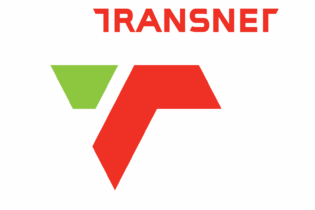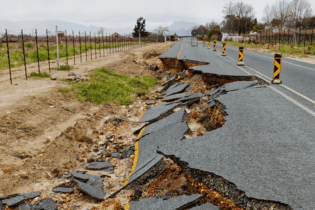Consulting Engineers South Africa (CESA) urges authorities to budget for the upgrading of the secondary road network in Gauteng as this has not been adequately developed to serve as a viable alternative to the primary freeway system that will shortly be tolled.
The Gauteng Freeway Improvement Project (GFIP) is the first urban toll road to be tolled on such a large scale and has resulted in a major public outcry. CESA understands the significant impact of toll fees on the Gauteng economy and, given Gauteng’s economic significance in terms of the South African economy, considers it imperative that the secondary road network receives urgent attention.
CESA supports the concept of a toll. Without a toll, this high-capacity freeway system could potentially become congested, which will negate the benefit to the users. If Government decides to pitch the quantum of the toll at a level lower than required to repay the borrowings in the required time period, in order to not unduly harm the Gauteng (and indirectly the South African) economy, then the shortfall may have to be made up through a fuel levy or by making an allocation from the fiscus.
The debate about a dedicated fuel level has to be held with National Treasury and Government. CESA believes that the GFIP project is not only very necessary and timeous to prevent the smothering of the local economy, but that the road widening and interchange improvements are appropriate and commensurate with demand.
The freeway system in Gauteng which was built during the seventies and eighties was becoming increasingly congested (despite traffic management interventions such as the restriping of lanes, etc.), to the extent that the economic growth in Gauteng was being impacted very negatively.
The South African National Roads Agency Limited (SANRAL) acted in terms of its responsibilities and the power bestowed upon it by government “to perform strategic planning, as well as planning, design , construction, operation, management, control, maintenance and rehabilitation” of the Gauteng road system.
CESA believes that SANRAL had no alternative but to borrow money on the open market and opt for tolling. SANRAL does not have the power to impose a fuel levy, be it regional or national, be it ring-fenced or dedicated, be it to cover all capital cost, or be it to reduce toll fees to lower levels.
The National Department of Transport and SANRAL have, over the years, constructed or upgraded a number of intercity toll roads. These toll roads (e.g. the N3 Durban/Johannesburg, the N4 Mozambique/Pretoria/Rustenburg/Botswana border and certain sections of the N1 between Johannesburg and Bloemfontein) have generally met with user satisfaction. Contrary to these intercity freeways which carry long distance traffic, the Gauteng freeway system is the first urban commuter route to be tolled in South Africa.
As envisaged in the White Paper of August 1996, the SA National Roads Agency was established in 1998 by an act of parliament, as an independent statutory company with the purpose of maintaining and developing South Africa’s expanding national road system.
According to the white paper of 1996, a distinction is made between ‘economic infrastructure’ with a measureable economic or financial return and ‘social infrastructure’ which cannot be paid for by the user, but which provides social benefits. Economic infrastructure includes primary roads, railways, ports, airports and pipelines, where the principle of user charging or cost recovery from direct users will be applied as far as possible.
The white paper states that, “in the case of roads, this cost recovery may take the form of a fuel levy, which is a surrogate user charge, or tolling, which is a direct user charge”. The White Paper further states that, under the heading of Infrastructure policy:
“Since various types of infrastructure differ in their suitability and economic viability for cost recovery through user charging and/or direct recovery of investment by the private sector, distinction will be made between:
• Infrastructure for social access, requiring funding or ‘subsidy’.• Infrastructure suitable for indirect user charges, e.g. fuel levies, license fees, tax on fares.
• Infrastructure suitable for private sector investment, e.g. toll roads.
“The primary road network should preferably be financed through a dedicated levy on fuel and toll charges. Innovative ways of securing finance for the development of road infrastructure will be explored. These include Build-Operate–Transfer (BOT) or Fund-Rehabilitate-Operate-Maintain (FROM) contracts which enable government to obtain financing from private sources rather than spending taxpayers’ money.”







